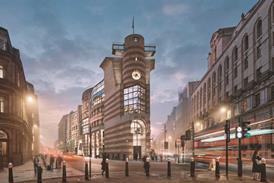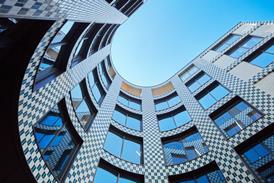- Home
- Intelligence for Architects
- Subscribe
- Jobs
- Events

2025 events calendar Explore now 
Keep up to date
Find out more
- Programmes
- CPD
- More from navigation items
How architecture can help the fightback against local arts cuts

Architects’ creativity can help arts organisations to diversify and maximise their revenue streams, writes Chris Dyson
Last week, Suffolk Council announced that it would completely cut £500k of core funding to the arts. The organisations affected responded by pointing out the limited impact that the savings would make to the local authority’s finances, representing “just 0.057%” of its annual revenue budget. They also highlighted the significant social, wellbeing and economic value of the arts to the area – benefits that can be hard to quantify, but a lifeline for so many.
…
This content is available to registered users | Already registered?Login here
You are not currently logged in.
To continue reading this story, sign up for free guest access
Existing Subscriber? LOGIN
REGISTER for free access on selected stories and sign up for email alerts. You get:
- Up to the minute architecture news from around the UK
- Breaking, daily and weekly e-newsletters
Subscribe to Building Design and you will benefit from:

- Unlimited news
- Reviews of the latest buildings from all corners of the world
- Technical studies
- Full access to all our online archives
- PLUS you will receive a digital copy of WA100 worth over £45
Subscribe now for unlimited access.






